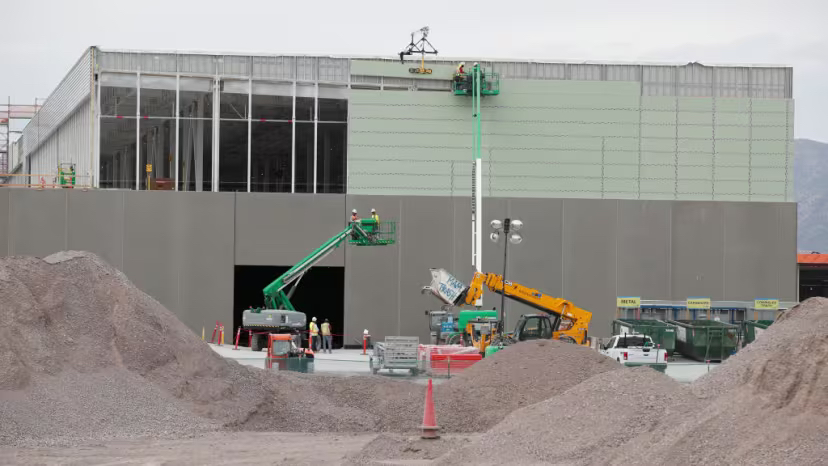On the evening of October 20th, CATL released its third-quarter 2025 financial results, showing a year-on-year growth of 41.21%.
During its earnings call, CATL addressed hot topics such as how the company will address rising prices of upstream lithium battery materials, energy storage market demand, sodium battery applications, production capacity layout, and market share.

AI data centers infrastructure
CATL also stated that the construction and installation of data center-related facilities and equipment will generate significant demand for energy storage batteries. Core data center equipment and facilities include:
Power supply and distribution system:
High-voltage distribution cabinet, transformer, low-voltage distribution cabinet, UPS (uninterruptible power supply), battery storage system, and diesel generator (backup power supply).
Cooling and cooling system:
Precision air conditioning, cold aisle/hot aisle, air cooling/liquid cooling system(including radiators/heat sinks)
As CATL’s production capacity is gradually released this year, its delivery volume in power batteries, energy storage batteries and other aspects will also increase significantly.
On April 21st of this year, CATL launched its first sodium-ion battery brand, “NaXin.”
At its earnings conference, CATL predicted that sodium batteries have broad application prospects in various fields, including passenger cars, commercial vehicles, and battery swap models.
Sodium batteries offer new possibilities for the development of electric vehicles, further broadening their application scope. In the initial stages of application, sodium batteries will primarily be used in economy vehicles and in high-altitude and cold regions.
With continued technological advancements, future sodium batteries are expected to achieve significant improvements in energy density and overall performance.
The demand for energy storage batteries brought by data centers will be considerable, the core reason stems from:
- Hard policy requirements: Both Chinese and international “dual carbon” policies clearly define the storage ratio for data centers (for example, China requires no less than 10%), directly driving demand.
- Powerful computing power: AI and cloud computing have driven a surge in computing power, increasing the demand for power stability, which traditional power supply methods cannot meet.
- Technological adaptability: Lithium batteries offer fast response and zero emissions, and CATL has the technology and production capacity to support this, including 587Ah cells.
- Economically sound: Battery costs have dropped below 0.4 yuan/Wh, and combined with peak-valley arbitrage, the project has a rapid payback period, demonstrating its economic viability.
 +8613906047998
+8613906047998


